A presentation on the conception of the present moment in physics and cognitive neuroscience (presented at the 3rd European Summer School in Process Thought in Düsseldorf, Germany, 25–29 September 2014).
Get the latest international news and world events from around the world.
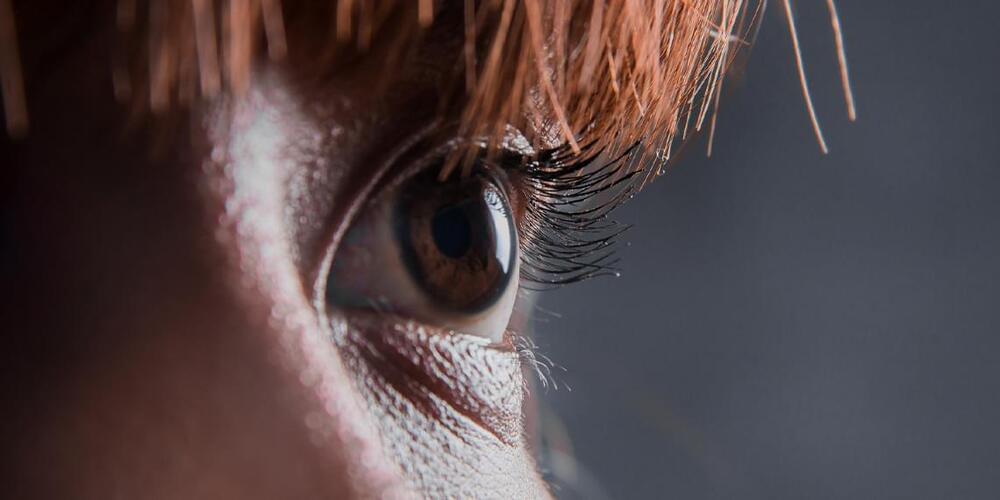
Eye-tracking study sheds light on gaze patterns in conversations
A recent study used special eye-tracking technology to investigate how people look at each other’s eyes and faces during conversations. The researchers, who published their results in Scientific Reports, found that people who exhibited more direct eye-to-eye contact during their conversation tended to also be better at following the direction of another’s gaze (they were better at understanding where the other person was looking). The research provides unique insights into non-verbal communication.
Much of human social communication occurs nonverbally, and eye contact plays a crucial role in allowing individuals to convey and interpret information such as attention, mental states, intentions, and emotions. Eye contact is not only passively received but also reciprocated through mutual looks.
The researchers wanted to examine the frequency and types of mutual looking behaviors, such as direct eye-to-eye contact and other gaze interactions involving different parts of the face. They were also interested in understanding how the mutual looking behaviors observed during interactions might influence subsequent gaze-following behavior.
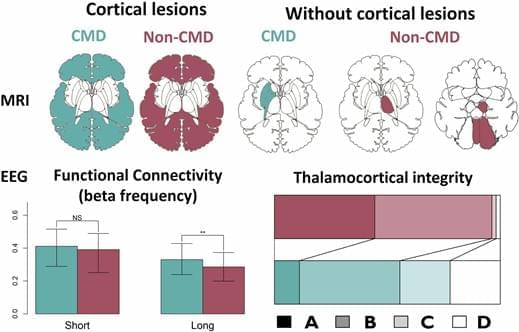
Brian Cox On Seeing Past 13.8 Billion Years
The universe was initially opaque — then 13.8 billion years ago it cooled enough to become transparent so light could travel in a straight line.
Subscribe for more daily content!Joe Rogan Experience #1233
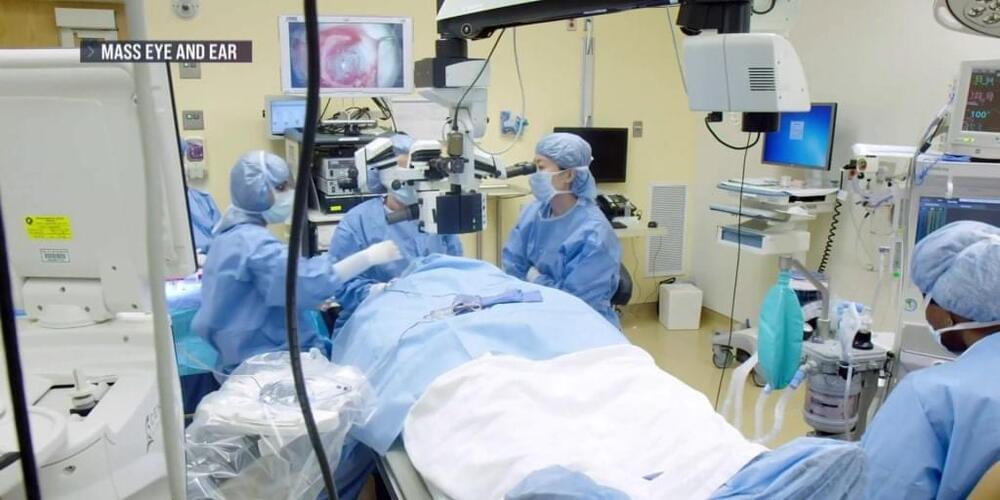

Bank of Ireland glitch let customers withdraw money they didn’t have
Bank of Ireland has apologised for an IT glitch that meant some customers were able to withdraw money they did not have in their accounts at cashpoints.
The bank said it had resolved the “technical issue”, which had also allowed transfers beyond customer limits and had made its online banking and mobile app services unavailable.
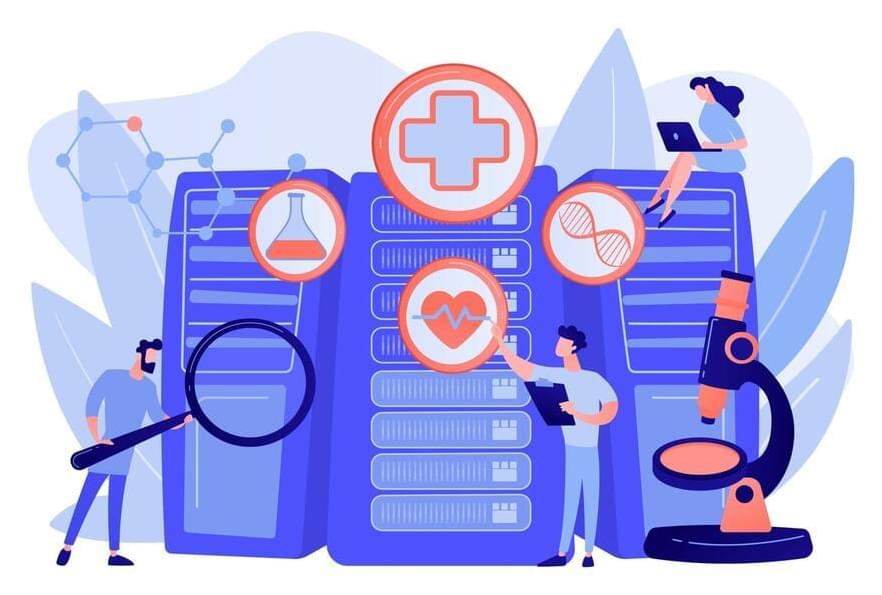
A more complete imaging technique could personalize cancer treatment
People don’t go into Michael Angelo’s field to be cool.
“Pathology is like the chess club of medicine,” said Angelo MD, PhD, an assistant professor of pathology at the Stanford School of Medicine. You don’t join for status — you join because you love it, he said.
Still, Angelo got the idea for a pretty cool technology when he was a young pathology resident studying the origins and trajectory of disease.
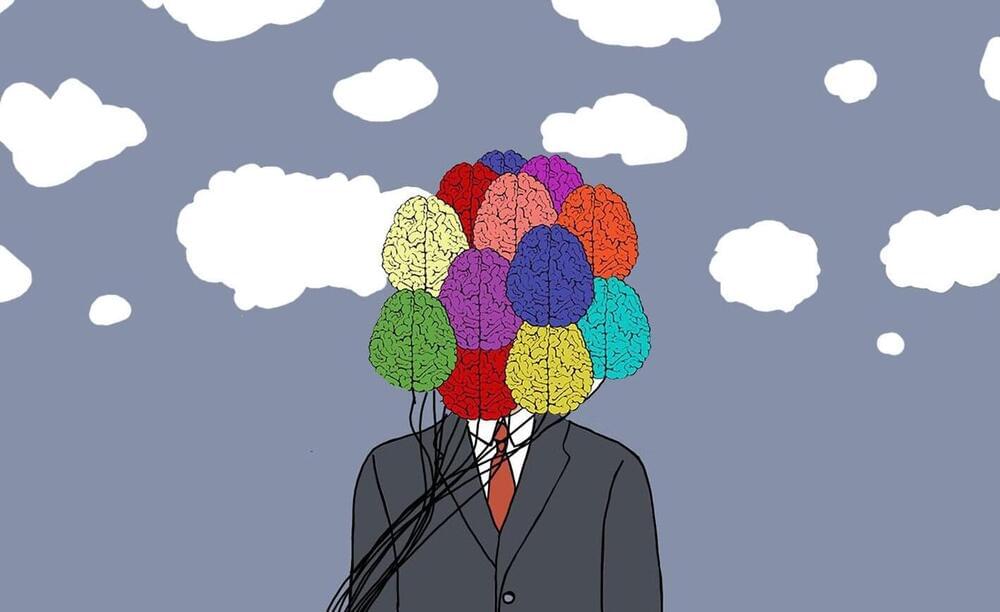
Neuroscientists successfully test theory that forgetting is actually a form of learning
Neuroscientists today report the first results from experimental tests designed to explore the idea that “forgetting” might not be a bad thing, and that it may represent a form of learning—and outline results that support their core idea.
Last year the neuroscientists behind the new theory suggested that changes in our ability to access specific memories are based on environmental feedback and predictability. And that rather than being a bug, forgetting may be a functional feature of the brain, allowing it to interact dynamically with a dynamic environment.
In a changing world like the one we and many other organisms live in, forgetting some memories would be beneficial, they reasoned, as this can lead to more flexible behavior and better decision-making. If memories were gained in circumstances that are not wholly relevant to the current environment, forgetting them could be a positive change that improves our well-being.
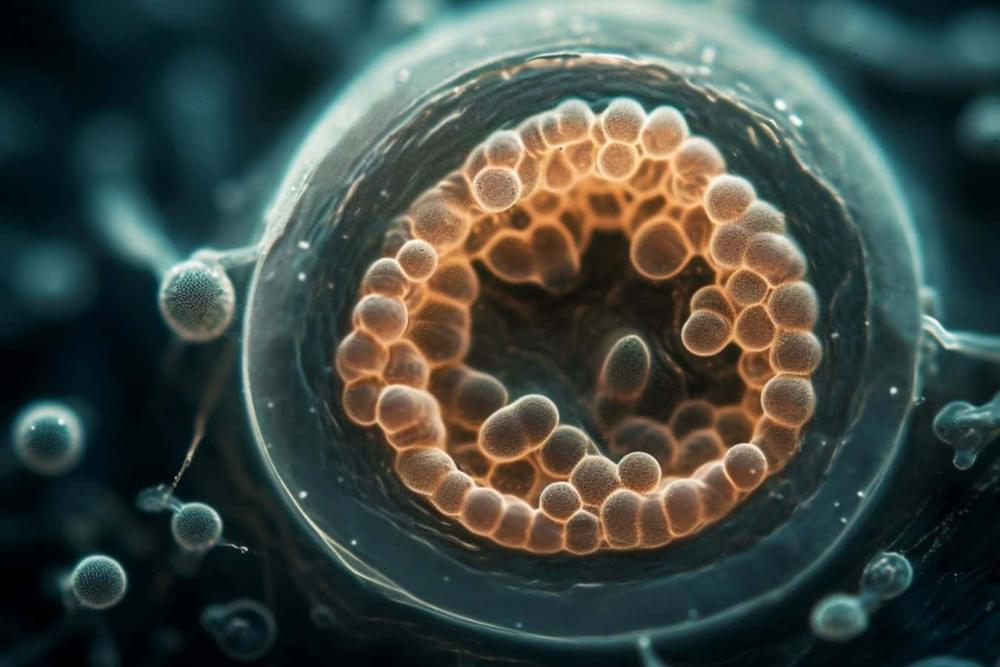
From One Cell review: Embryology and the future of medicine
From marigolds to human babies, most complex organisms start as a single-celled embryo. In his new book, Ben Stanger explores what our humble origins could teach us about health and disease.
By Clare Wilson
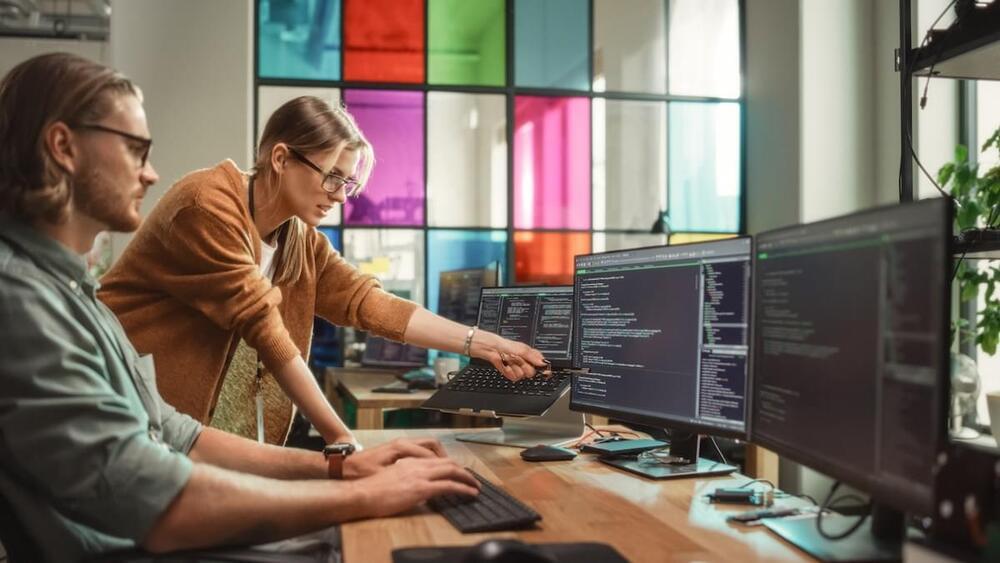
Living on the edge: How edge cases will determine the future of generative AI
Presented by iMerit.
In AI development, success or failure lies significantly in a data science team’s ability to handle edge cases, or those rare occurrences in how an ML model reacts to data that cause inconsistencies and interrupt the usability of an AI tool. This is especially crucial now as generative AI, now newly-democratized, takes center stage. Along with increased awareness comes new AI strategy demands from business leaders who now see it as both a competitive advantage and as a game changer.